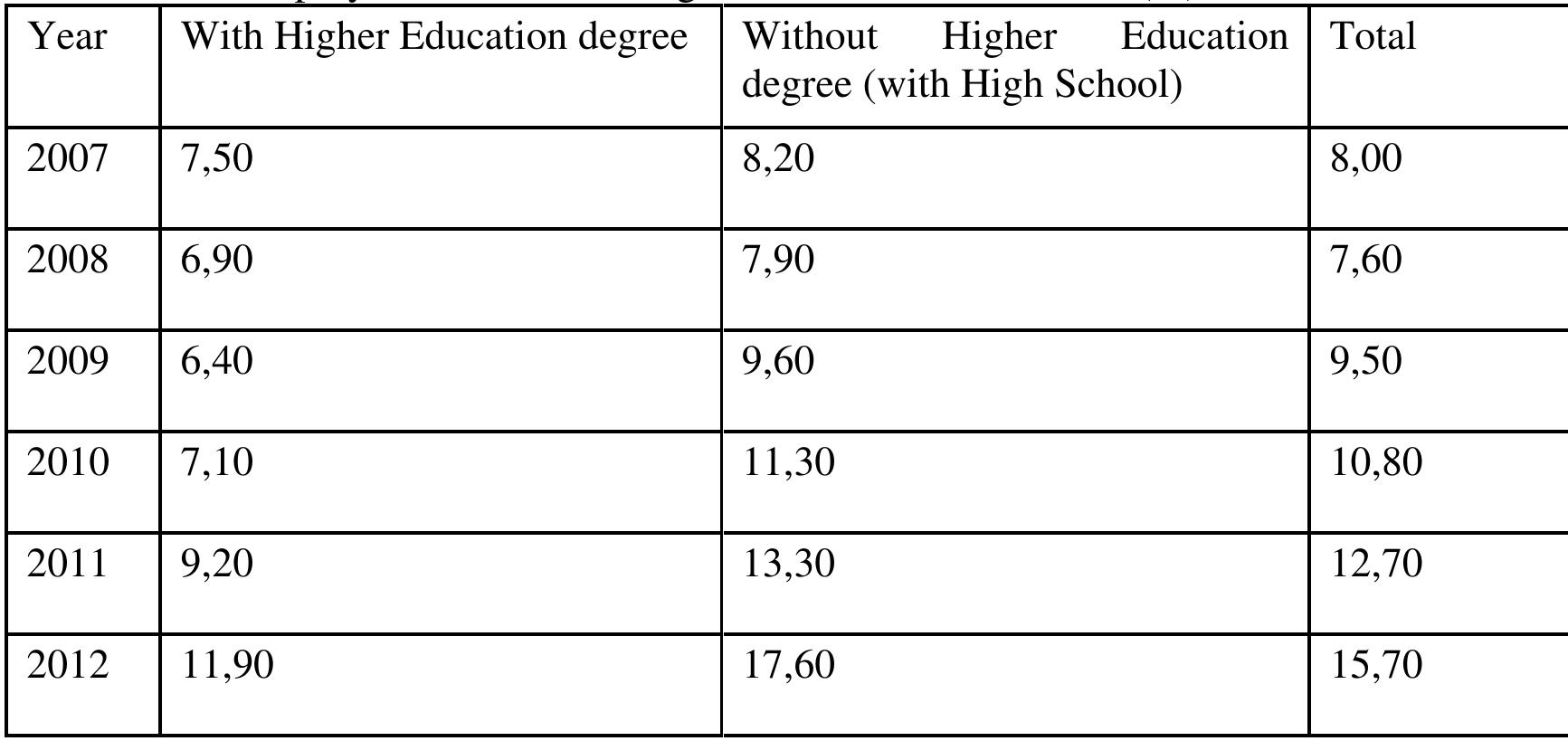Cierta Global History ha sido criticada como una nueva teleología que desfiguraría gravemente el universo de sentido de los hombres de cada época. Como reivindica la Connected History, son los actores, a través de sus fuentes...
moreCierta Global History ha sido criticada como una nueva teleología que desfiguraría gravemente el universo de sentido de los hombres de cada época. Como reivindica la Connected History, son los actores, a través de sus fuentes documentales, los que nos muestran la extensión de su universo. Por ello, es necesario superar las comparaciones a gran escala que aplastan los contextos específicos e ignoran las fuentes de primera mano, para observar las relaciones, transferencias e influencias que se producen efectivamente, en cada momento, en cada contexto, a partir de las conexiones que establecen los propios actores sociales.
La observación de las conexiones entre las partes del mundo fue novedosa en un primer momento, pero ahora es necesario ir más allá e investigar los efectos que estas conexiones e interacciones produjeron en las sociedades del pasado. ¿Qué efectos transformadores tuvieron los cambios, recursos e ideas que se produjeron con la globalización de la primera modernidad en sociedades locales aparentemente enclavadas en sus inercias económicas y culturales?
La globalización temprana, con la formación de la monarquía española, la expansión imperial y el comercio colonial, abrió un contexto de oportunidades sin precedentes. Las posibilidades de enriquecimiento, de comunicación y de circulación de personas, ideas y saberes se multiplicó, con el tiempo, de forma exponencial. Sin embargo, sus efectos fueron profundamente diferenciales. La reducción de escala en la investigación nos ha permitido observar cómo, en esta apertura globalizadora, se formaron redes sociales selectivas cuyos miembros operaban a caballo entre las comunidades locales, la corte y el imperio. Los capitales, relaciones y modelos captados en las estructuras del imperio y en la economía globalizada permitieron a determinados grupos construir hegemonías locales y ampliar sus posibilidades de dominación. Este proceso produjo contrastes crecientes entre minorías globalizadas y mayorías enclavadas. Benefició especialmente a los grupos mejor conectados con las nuevas fuentes de riqueza y de poder, pero también alteró los equilibrios locales, generando desigualdades y tensiones en el seno de las comunidades.
Some Global History has been criticized as a new teleology that would seriously disfigure the universe of meaning of men of each era. As Connected History claims, it is the actors, through their documentary sources, who show us the extent of their universe. Therefore, it is necessary to go beyond large-scale comparisons that crush specific contexts and ignore first-hand sources, in order to observe the relationships, transfers and influences that actually occur, at each moment, in each context, based on the connections established by the social actors themselves.
The observation of the connections between the parts of the world was novel at first, but now it is necessary to go further and investigate the effects that these connections and interactions produced in the societies of the past. What transformative effects did the changes, resources and ideas that occurred with the globalization of early modernity have on local societies apparently stuck in their economic and cultural inertia?
Early globalization, with the formation of the Spanish monarchy, imperial expansion and colonial trade, opened up a context of unprecedented opportunities. The possibilities for enrichment, communication and the circulation of people, ideas and knowledge multiplied exponentially over time. However, their effects were deeply differential. The reduction of scale in the research has allowed us to observe how, in this globalizing opening, selective social networks were formed whose members operated between local communities, the court and the empire. The capitals, relationships and models captured in the structures of the empire and in the globalized economy allowed certain groups to build local hegemonies and expand their possibilities of domination. This process produced growing contrasts between globalized minorities and entrenched majorities. It especially benefited the groups best connected to the new sources of wealth and power, but it also altered local balances, generating inequalities and tensions within the communities.






